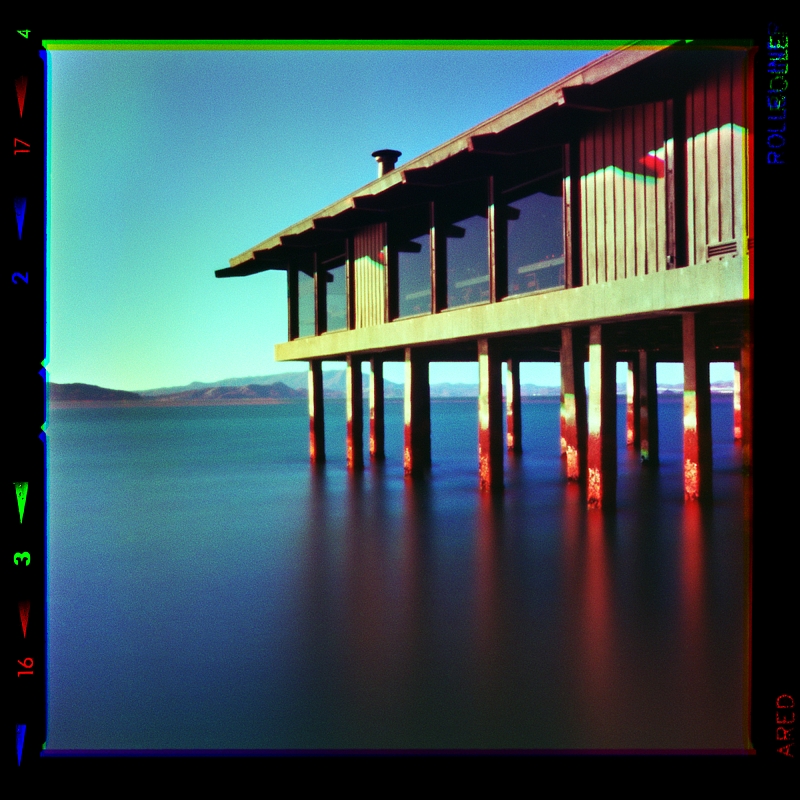
Andras Ladai
Norwegia – Norway
Gjovik
Andras (41) is Hungarian, and currently lives in Norway. He graduated as a photogrammetrist engineer and earned his PhD as a geoscientist at the Budapest University of Technology and Economics. He also completed extensive extracurricular studies in photography and fine arts under several prominent Hungarian artists. Andras' photographic activity is highly diverse. His personal and professional interests leads him to a wide scope of experiments with a broad range of imaging technologies. He makes fine art using pinhole photography, traditional black and white technology, digital photography, multispectral imagery, and the latest 3D capturing technologies. When working on a new concept, he is inspired by both the intellectual exploration of the topic at hand, as well as the new visual possibilities presented by the chosen technology. While often creating surrealistic images, he also pays tribute to the documentary roles of photography He displays artwork in group exhibitions internationally.
The project is ongoing, so additional quadriptychs might be expected until the final deadline.
Analytical Landscape Meditations - Multispectral pinhole capture(s)
Every location has its own essence, which surrounds its visitors and impacts their mood whether they are conscious of it or not. This local spirit - the „genius loci” - reveals itself in the bigger picture and in the small details as well.
Each quadriptych is both an analytical and a meditative chasing after of the unique genius loci of places.
Analytical, as I extend my senses beyond the visible and take apart the continuous analogue reality into combinations of finite time sequences and spectral bands. These multispectral quadriptychs were made with a pinhole camera on panchromatic b&w film sensitive to near-infrared. Each image is a combination of two or three of four sequential shots of the same scene captured in four different spectral ranges: only red, only green, only blue, only near- infrared. The digitalized versions of these shots were used as color bands. This method mimics the airborne and satellite platform based multispectral data acquisition and visual representation widely used in the mapping industry for thematic investigation of the surface. As different band combinations point out different features for mapping professionals, the images of these quadriptychs unveil hidden physiognomies of the genius loci. The first image of each quadriptych is an RGB for reference; the second is the [NIR]GB widely used in mapping; and the third and fourth are my personal choices to fit the particular scenes.
The pinhole solution ensures the meditative quality of this chasing after. While ensuring the free path of light from the scene to the film, it also slows down the capturing process, giving time to learn more about the location. This is not only my personal field experience: the relatively long exposure sequences fractioned the continuous passage of time and burned it into the images. This phenomenon can be observed in the smallest details like the stems, the tidal movements, the shifts of the shadows.
While many modern photographic technologies are more suitable for carrying out a multispectral experiment, this project also demonstrates the long-ago established theoretical background of this method (starting with lensless light projection, through Maxwell's color separation, etc.) and the long path to creating today's efficient technologies necessary for mass production.